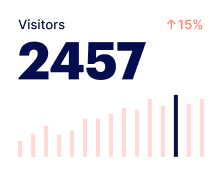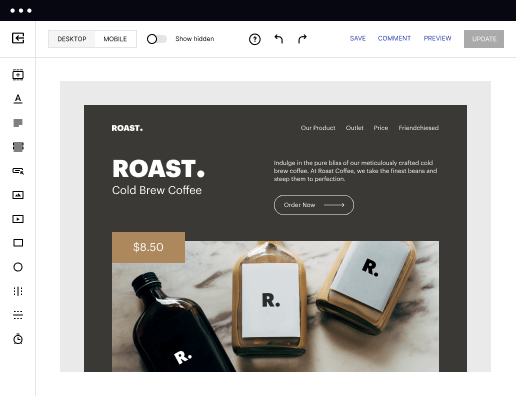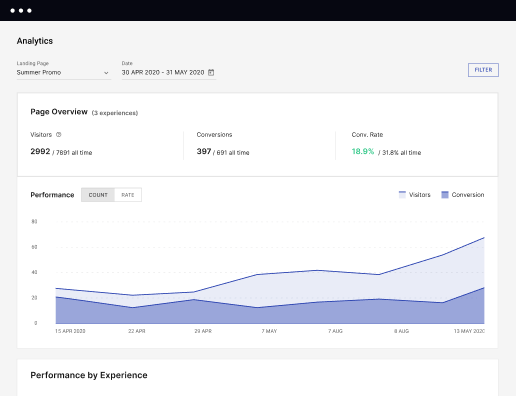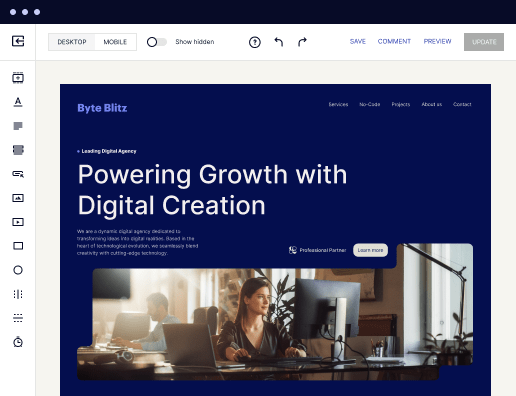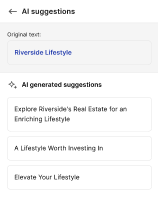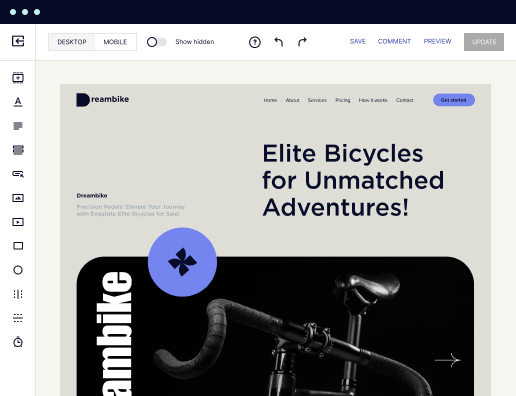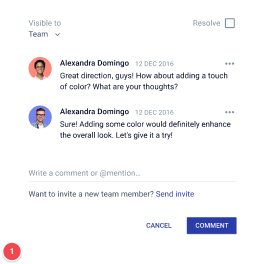Make your HTML page on Debian: Simplify your workflow
Create your HTML page on Debian and effortlessly optimize your web pages for diverse ads and audiences. Transform visitors into leads and sales while bolstering brand trust and nurturing customer loyalty.
Create your HTML page on Debian with Instapage
Building an effective HTML page on Debian is now easier than ever with Instapage. This platform empowers marketers by providing a flexible and user-friendly solution that maximizes conversion rates. With over 100 conversion-focused layouts and the ability to customize your landing pages without needing a developer, you can quickly create pages that enhance brand trust and customer loyalty.
Understanding the basics of HTML on Debian
Before diving into page creation, it's essential to understand the implications of using HTML on a Debian system. Debian, known for its stability and security, is an excellent choice for web development. Ensure you have the necessary packages installed to support running a web server, such as Apache or Nginx, along with PHP for dynamic content generation.
- Install a web server: Choose between Apache or Nginx to host your HTML pages.
- Secure your server: Configuration for security is key, especially if making use of sensitive customer data.
- Create an HTML file: Use a text editor to create your HTML file, ensuring it meets the layout requirements for Interactivity.
Step 1: Set up your environment
The first step in creating your HTML page on Debian is setting up your development environment. This involves installing server software, as well as ensuring that all necessary libraries are up to date.
- Update Debian packages: Run 'sudo apt update && sudo apt upgrade' to get the latest package updates.
- Install Apache or Nginx: Use commands like 'sudo apt install apache2' to set up a server.
- Install PHP support: For dynamic HTML pages, make sure PHP is installed using 'sudo apt install php libapache2-mod-php'.
Step 2: Creating your HTML page
With your environment set up, the next step is to create your HTML page using Instapage's intuitive interface. Focus on the specific needs of your target audience to enhance personalization.
- Select a template: Choose from over 100 conversion-focused layouts within Instapage.
- Add content: Use dynamic text replacement to craft messages tailored to each audience segment.
- Optimize for mobile: Ensure your page is responsive across devices using Instapage’s mobile editing tools.
Step 3: Optimizing your landing page
Optimization is crucial for achieving higher conversion rates. Leveraging Instapage's built-in experimentation features will help you track and enhance performance.
- Use A/B testing: Experiment with different variations of your HTML page to see what resonates best with your visitors.
- Analyze heatmaps: Get insights on user interaction with your page to improve areas that need attention.
- Monitor analytics: Regularly track performance using Instapage’s analytics dashboard to refine your content strategy.
Once you have created and optimized your HTML page, you can easily collaborate with your team members for instant feedback and modifications, ensuring that every detail aligns with your marketing strategy.
Start leveraging Instapage today to create powerful HTML pages on Debian that boost conversions and strengthen customer relationships!
Get more out of Make your HTML page on Debian
Improve your Quality Score with quick load technology for landing pages
Increase conversions with content that aligns with your ads and audiences
Achieve maximum ROI by scaling your marketing initiatives
Leading the way in building high-performing landing pages





FAQs
See how to make your html page on debian in action
Ready to skyrocket conversions?
Supercharge your ad campaigns with high-performing landing pages.
Get started
